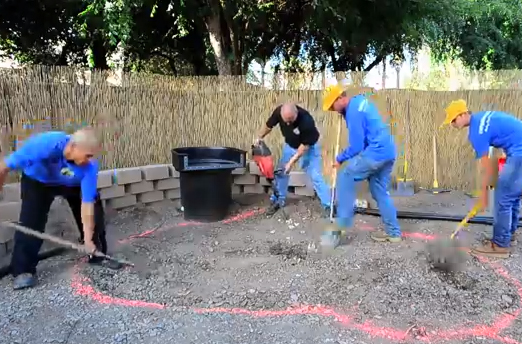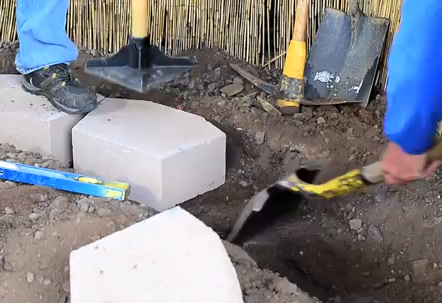ARTICLES
Advance Search
Aquatic Health
Aquatic Health, Fitness & Safety
Around the Internet
Aquatic Culture
Aquatic Technology
Artful Endeavors
Celebrity Corner
Life Aquatic
Must-See Watershapes
People with Cameras
Watershapes in the Headlines
Art/Architectural History
Book & Media Reviews
Commentaries, Interviews & Profiles
Concrete Science
Environment
Fountains
Geotechnical
Join the Dialogue
Landscape, Plants, Hardscape & Decks
Lighter Side
Ripples
Test Your Knowledge
The Aquatic Quiz
Other Waterfeatures (from birdbaths to lakes)
Outdoor Living, Fire Features, Amenities & Lighting
Plants
Ponds, Streams & Waterfalls
Pools & Spas
Professional Watershaping
Structures (Editor's Notes)
Travelogues & History
Water Chemistry
WaterShapes TV
WaterShapes World Blog
Web Links
Around the Internet
Aquatic Culture
Aquatic Technology
Artful Endeavors
Celebrity Corner
Life Aquatic
Must-See Watershapes
People with Cameras
Watershapes in the Headlines
All too often, do-it-yourself pond installers will jump the gun, apparently unable to resist the urge to start digging right away. My guess is that they want to get the intense labor involved in excavation out of the way, not to mention all of the grunting that comes with using a plate compactor. As the pair of videos linked below indicate, there comes a time when there’s no avoiding shovel and spadework – but it shouldn’t happen first. Instead, the installation process should begin with the
Compiled and written by Lenny Giteck Diana Nyad Finally Achieves Her Dream to Swim from Cuba to Florida
For weeks now, I’ve been following the news about a prominent San Francisco fountain that, until recently, seemed on the express train to oblivion. It’s a tale of a changing cityscape and the desire of a company known for rigidly controlling its visual image to remake a retail space in a way that suited its corporate design sensibilities. It’s the story of an artist who recently passed away – one who spent her early years confined in
I know they’ve been around for quite a while, but in our marketplace, beach entries are the latest thing these days – maybe hotter than ever before. The enthusiasm makes sense: Beach entries give bathers a way to dip into the water and take up a spot in the pool or on a lounge chair without making a full commitment to getting soaked. Better yet, we get a lot of sun in Texas, and these spaces can easily be rigged with umbrella stanchions – a cool
Next: Diana Nyad to Swim 48 Hours for a Good Cause
The key to good pond-filter/waterfall installation is making certain the area around the unit is well compacted, well supported and properly positioned. If you take care of all of those things, the system that drives the pond will be stable and offer trouble-free performance for many years to come. In this video, we look with special focus at one of the support systems we see as crucial to many of our successes – that is, a good retaining wall that will help keep
Compiled and written by Lenny Giteck Are We in a New Golden Age Of Aquatic Entertainment?
Woman Breastfeeding in U.K. Public Pool Ordered to Stop




















